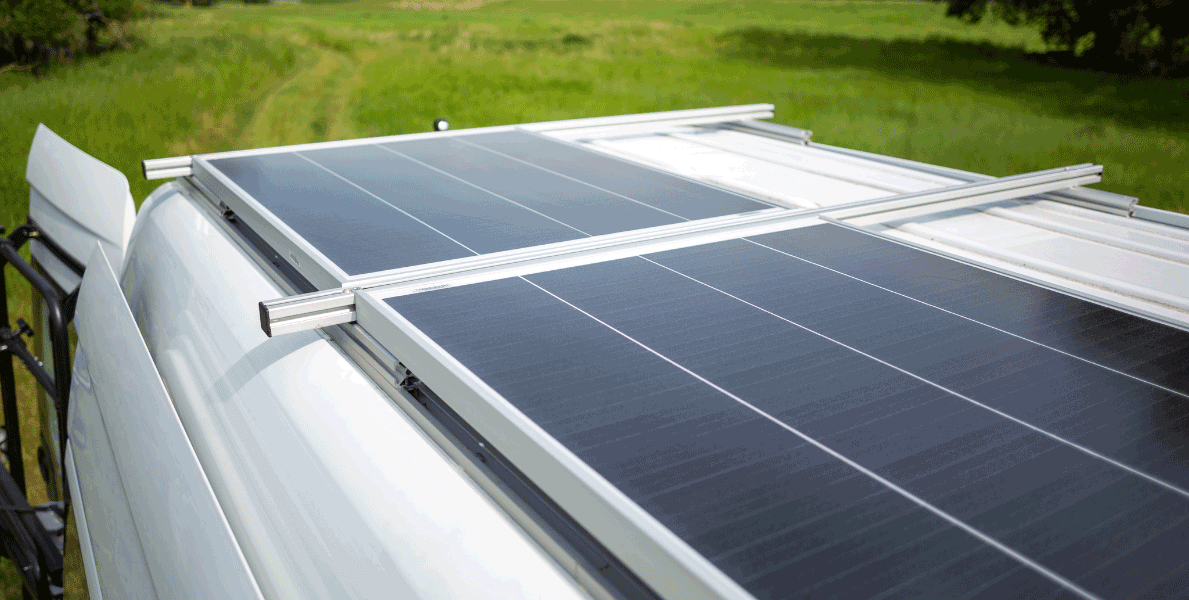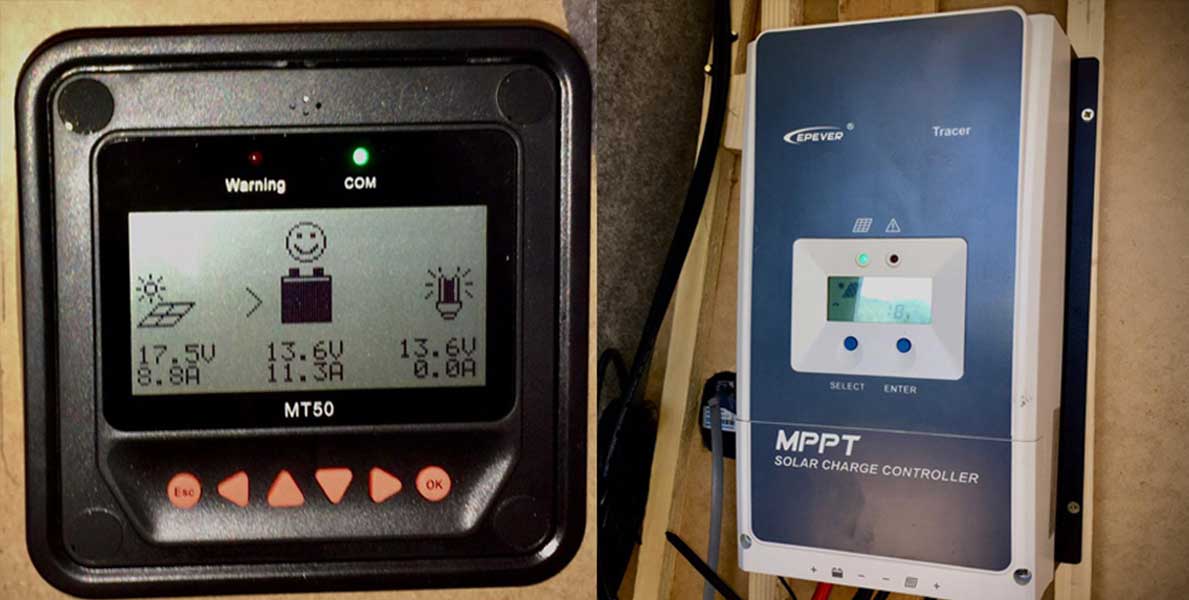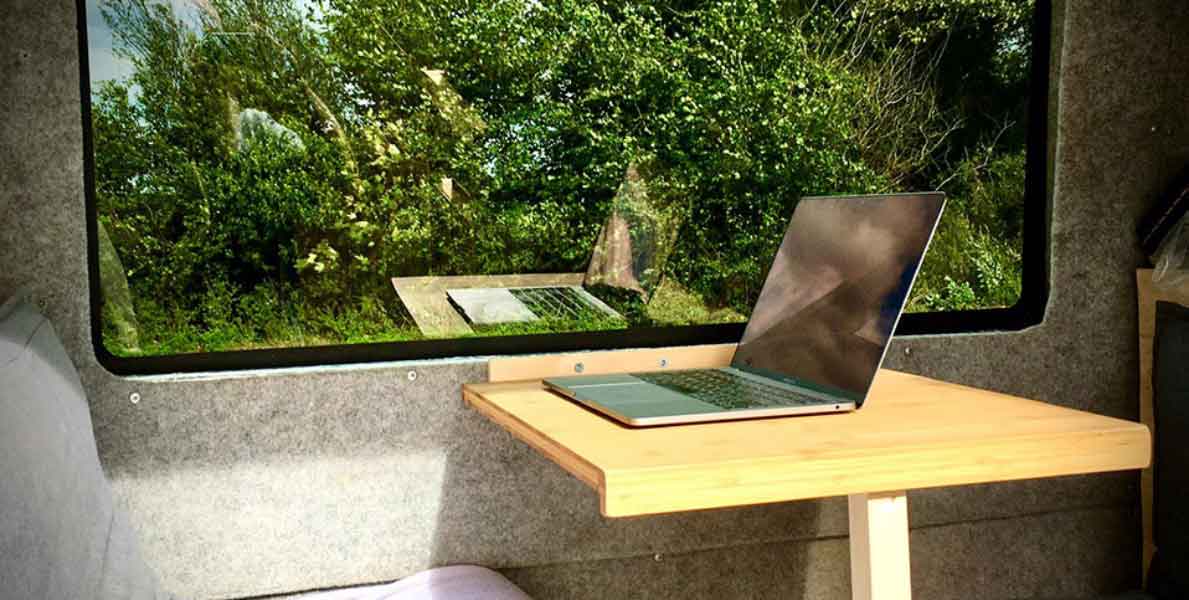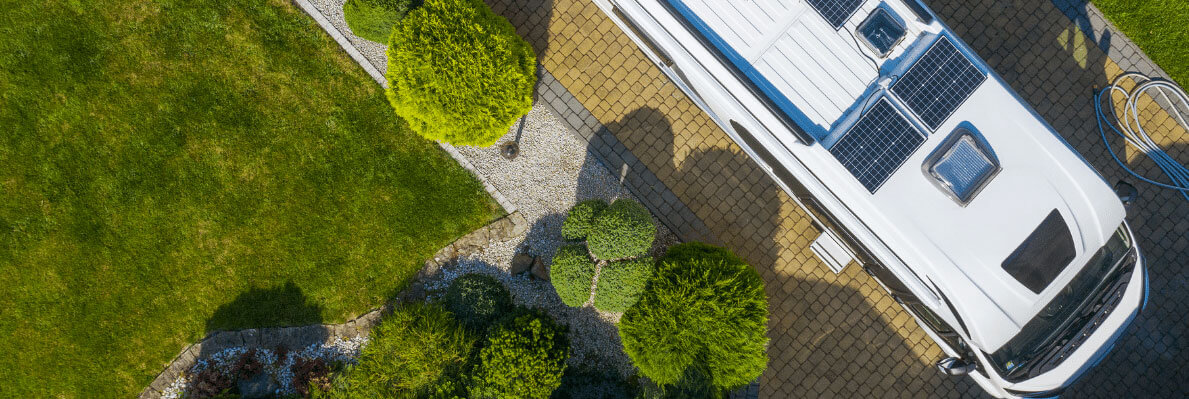"When I first faced the consideration of remote working when the pandemic swept the UK, I probably handled the situation like many others, part of me was excited to be able to work from home, but equally daunted at the fact that remote work could become a solitary and miserable affair. I know I’m not the only one who has experienced those days when you catch yourself talking to the cat about how to solve that intermittent PHP bug that had you scratching your head for the last hour.
I like working in the Selesti office, it’s an open and creative space, I like that I can bounce ideas, get feedback or catch up with a colleague over a coffee when needed, a good working environment offers so much more than just a desk which is hard to replace when working remotely where your environment is just you, a cup of coffee and the computer. After a period of time adjusting to working from home and with additional time on my hands due to the lockdown restrictions we all faced, it didn’t take long to start thinking of alternative opportunities to improve my remote working situation, after all even back in the early stages of lockdown it looked like we could be spending some time isolated and locked out of the comforts of the work office.
I can neither admit or deny that I may have discussed these options with the cat :)

Prior to the recent pandemic and remote working, I was already interested in off-grid living. This is not a new concept but for those who have not come across the term, it has many meanings depending on your view, for example some consider off grid living to be an extreme means of isolation, such as someone living in a remote location, being fully self sufficient with little to no human contact. However, it can equally mean someone living in a typical town house wanting to power a small office setup in their garden shed or garage. For me, I wanted to look into an off grid system that could supply me with free renewable energy that I could use to power my daily small office needs (plus some additional power consumption needs like charging phones and watching TV).
An additional thought was to use the system within a vehicle which could mean I could work from remote locations so improving my mental health by being out in the country, by the sea or equally parked up on the driveway at home should I want to.

After a fair bit of research, scouring youtube videos and technical articles on off grid setups I finally decided on my initial setup, one that would power my basic needs but would also scale up should I need more power (so glad I did this bit).
Whilst this article will not be a full breakdown or step by step I will outline some of the issues I faced and the solutions I had to implement to make the system work for my needs.
So once I finished discussing the idea of this project with the cat, I got excited and went looking for equipment on the internet, browsing popular solar power companies for prices on solar panels, charge controllers and batteries. This was probably my first mistake, as the choices out there are vast and deciding on what you need just became confusing as each company pitched their products from slightly different sales angles making it hard to compare and decide what I really needed to meet my requirements.

After some thought and some good advice found on various Youtube videos I decided what I should be doing is working out my power consumption needs and tailoring my solar setup to that. Now if you are not a fan of maths this part may persuade you to give up, I almost did, actually several times in fact. But with some persistence, I managed to work out what I would need to power a small office to allow me to work comfortably.
This is where problem two appeared, the power consumption of all my equipment I use on a daily basis in the office far exceeded what I was willing to spend financially to harvest energy and store it in batteries. This to say the least was a little discouraging, but I had seen videos of people with solar systems and them using it for power intensive equipment such as microwaves, power tools, even a couple of cases where creatives had set up similar office setups like I wished to do. So confused at why my calculations seemed unrealistic I reached out and talked to a few people who seemed to make off grid solar work for them. The answer I got was simple, I was calculating my consumption needs as if I was in the bricks and mortar office, having the luxury of limitless power. I was told I would need to rethink my power consumption management to maintain good economical use of the power reserves I harvest.. that or buy a very large very expensive system (not an option).
With these pointers and a better understanding of what I needed from first hand experienced off grid users I made the bold decision of what equipment I needed based on their experiences.
The system
For my initial project build I went with a small system that would allow me to test whether off grid remote working was feasible but wanted the option should I need it to increase the amount of solar energy I could harvest and store. Based on this I went with a large single solar panel (250 watts) that would feed the solar energy it harvested down to an MPPT charge controller that could handle up to 750 watts. This meant if I needed to up my system I could purchase up to another two 250 watt solar panels without having to buy another charge controller. This did mean I had to spend a little more than I would have if I had only purchased a charge controller suitable for up to 250 watts but the charge controller was the most important part of the system so getting it right the first time felt right.

For power storage I went with two 110 amp/hour flooded cell leisure batteries, these were the cheapest option available at the time and can easily be swapped out for better batteries later but for now I have 220 amp/hours of power I can store. This seemed to be a typical capacity but can be easily expanded if required. This made up the base of my main solar setup. There are a few things I have not gone into such as fuse boxes, power ports, isolation switches etc but if you decide to tackle a similar project you will come across these mentioned in most solar setup guides.
The installation
The system itself took about a day to install, the hardest part was mounting the solar panel on the roof of the van on my own thanks to being isolated due to the pandemic restrictions. Those panels are pretty big face to face and not easy to drag 2 metres up to the roof of a van on your own. To further make life a little more interesting I had to craft my own roof rack out of unistrut as nowhere was selling a roof rack that fitted my van due to stocking issues because of the pandemic. However, with some jiggery pokery, cutting up some angled iron for mounting brackets I did get the solar panels mounted securely on the roof.
Next, I mounted the charge controller inside the van and connected it to the solar panels, a relatively simple job but had me concerned as I had to drill a hole in the roof of the van. I opted for a motorhome cable entry gland which was designed for the job and made me feel a little more comfortable than I was effectively turning my van into a sieve. I then connected the leisure batteries mounted in the back of the van to the charge controller.
This completed the initial solar system build, a base system to build upon that now supplied free solar energy to equipment in my van.
Usage
Once the system was installed and connected I was soon keen to test out what it was capable of doing. So the very next day on a sunny Sunday I went out to a remote spot which had a good 4G signal, opened my laptop and proceeded to work away with a gorgeous view of the countryside. The laptop itself was plugged into a QC 2.1 amp USB port which trickle charged the laptop whilst I was using it, however the drain was more than the charge so after about 5 hours of work I found my battery had died which put an end to what started as a fantastic day out. Not the best result but I did manage 5 hours of development on free energy powered by the sun. Now that did feel good.
When back home I decided I needed a way to fast charge my laptop so I could do a full day's work remotely. The solution was to purchase a 12 volt to 240 volt inverter that allowed me to fast charge the laptop to full power, I decided on a 1000 watt inverter which was more than sufficient for my needs as I worked out I was likely to only need to draw 200 watts max at one time form the inverter leaving a good safe buffer that wouldn’t overload the inverter and either cause it to cut out or worse damage it.
When the inverter arrived I soon got to installing it and the very next weekend I rushed out to attempt another test at a day’s work in a remote location. This time the sun was not as bright so the battery got low and in need of a fast charge within 4 hours. With the inverter installed and using the standard charger for the laptop the battery was back to full charge within an hour, once fully charged I switched back to charging from the QC USB port to finish up a day's work with about 50% charge still available on the laptop. Problem solved, I was able to work on the laptop running on free solar energy whilst having a view of some green space and fresh air.

To say I was excited would be an understatement. I soon started spending time making more improvements to the work space in the van. I started by rethinking the seating arrangement to allow me to sit comfortably at a table next to a large window in the van. The van had already had seating but it was built for lounging not sitting upright, this was a trade off to be able to work in the van, something I don’t regret but I did lose some comfortable seating I would normally have used on a trip out if not working.
Another improvement was to lighting, now I had a good power source, I increased the lighting from some small 12 volt lamps to very bright 12 volt LED strip lights, the increased lighting made working for prolonged times at the laptop much easier on the eyes.
With the above setup I had the bare essentials to work comfortably without impacting my productivity compared to working from bricks and mortar. Not content to have just the bare essentials I have since sourced a 12v power cable to power a monitor, stands to mount my phone at a good point so I can observe the network signal and battery of my mobile phone.
Future plans
With winter it has become more of a balancing act to conserve energy as there is a lot less solar energy being harvested with the shorter daylight hours of winter. The system has held up but it has meant relying more on the inverter to add an additional charge to the system and reduce the usage of lights to only when required (mornings and evenings). So the plan is to expand the solar array to 750 watts and increase the battery bank to 400+ amp/hours.
This will likely be the maximum configuration I could fit on the van but with the extra power I will be able to work with less worries on power consumption even on the darkest of winter days. In summer the extra power will also allow me to use more luxurious items such as a TV or even permit a second person to work beside me and enjoy the benefits of truely working remotely in nature with me.
Summary
Whilst not working from the office with the benefits of eco friendly working environment choices, you can still have options to maintain an eco friendly way of working.
For me I decided on a more extreme option to look into alternative eco friendly power supplies which ended up with me building an off grid solar power system. This suits my needs and there are creatives out there doing much more power intensive work on similar systems in a range of environments.
Overall estimated cost of my setup came to under £1000 which on initial face value some may think is expensive, but my electricity bill is now zero for all my web development and I spend more time in nature which only benefits my mental health and increases my productivity.
Currently I’m having to manage my power consumption but with future planned improvements to the system I expect this management will drop to a cursory check of power levels once or twice a day. In the meantime, it may be more work but in the bigger picture, it’s the right thing for me to do.
Additionally, my days have been interrupted by fleeting visits of wildlife including birds of prey, deer, a stoat and even the odd bumbling bee, one which rested on my laptop screen for a good hour one day and kept me company, yes I did chat to the bee and yes I solved that PHP bug."
